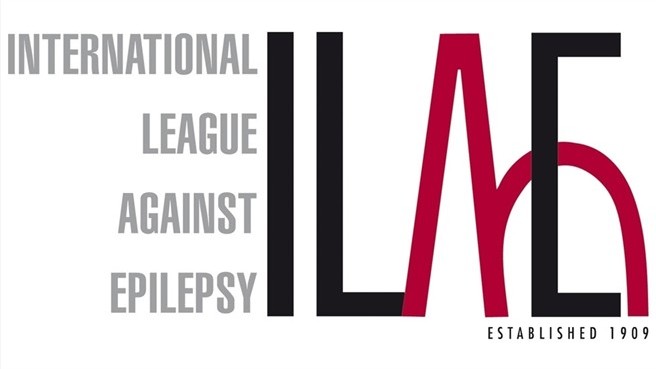Copy numbers. When we think about genetic causes of neurodevelopmental disorders and the epilepsies, we typically discuss single genes and de novo variants. Over the last few years, exome and genome data of hundreds of thousands of people have been analyzed, creating large-scale resources to understand genetic variation in health and disease. However, there has been one resource that has always been larger by at least one order of a magnitude – information on copy number variation derived from SNP arrays and array CHG. Now, a recent publication pulls all the existing information together and performs a meta-analysis of rare copy-number variants in nearly one million people. Here is what this study tells us about neurodevelopmental genes and how we can use mismatches between CNV and exome data to answer old questions and find novel genes. Continue reading
Tag Archives: Copy Number Variations
GABRB3, 15q dups, and CNVs from exomes
GABAergic. Let’s start out with a provocative statement. There is a single gene that may explain more cases of Lennox-Gastaut Syndrome (LGS) and Infantile Spasms (IS) than you would expect, rivalling SCN1A for the most common gene found in this group of patients. It’s a gene that you are probably aware of but that you may think to be a very rare finding. In a recent publication in Annals of Neurology, the Epi4K consortium published their recent analysis of copy number variations that were derived from exome data. Combining de novo mutations and copy number variations points to GABRB3 as a major player in LGS and IS, explaining probably more than 2% of patients. Let’s find out about the twilight zone, strategies to obtain structural variants from exomes, and the re-emergence of the 15q duplication syndrome. Continue reading
DUF1220, autism, and highly dosage-variable genes
Copy numbers. When we discuss structural genomic variants in the human genome on the Channelopathist blog, we usually refer to regions where simple deletions or duplications exert a pathogenic effect. However, there are also genes that are highly copy number variable, sometimes present at 80 copies or more. Copy numbers of a few of these genes have expanded during human evolution recently, turning these genes into potential candidate genes for human disease. A recent paper in PLOS Genetics now examines the role of DUF1220, which encodes a protein domain of the NBPF genes. This domain shows an unusually broad range of copy number variation in the human genome. Interestingly, this gene resides right next to the 1q21.1 region that is implicated in various neurodevelopmental disorders. Continue reading
Face to face – atypical face shape and CNVs in epilepsy
Face scan. A large high-tech camera scans your face in 3D and – using more than 30,000 data points – extracts information from your face that you were not aware of including details of your genetic make-up. What sounds like dystopic Gattaca-like science fiction at first is actually an interesting novel technique to learn more about epilepsy-related microdeletions. It seems that some of their effects might be hidden in subtle facial features that might help understand how these genetic variants contribute to disease. Continue reading
See you in London – getting ready for the 10th European Congress of Epileptology
London calling. In the epilepsy field, there are annual and bi-annual meetings that are worth attending. One of these meetings is the 10th European Congress of Epileptology (ECE), which will be held from September 30th to October 4th, 2012 in London. With Nobel Lecture Series, entertaining debates on controversial issues and interactive sessions with a “clubroom atmosphere”, the organizers will try out a new format for the European epilepsy meeting. Let’s give you a brief overview what this congress will hold for scientists interested in epilepsy genetics. Continue reading
Double Impact
Second hits. Genomic disorders are genetic disorders due to recurrent microdeletions or microduplications, i.e. small losses or gains of genomic material that happen again and again due to existing breakpoints in the human genome. Intriguingly, additional large microdeletions or microduplications can be identified in some patients with genomic disorders. A recent study in the New England Journal of Medicine tries to explain why. Continue reading

